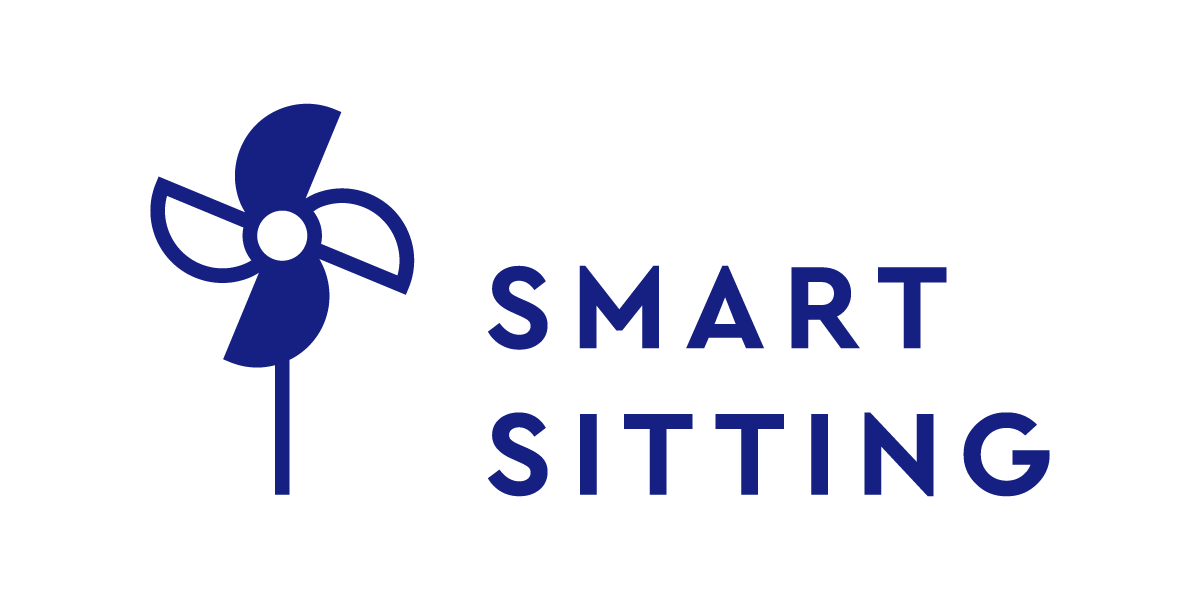Understanding FSA for Childcare:
What Parents Need to Know
If you work for an employer that offers benefits, you may have encountered the term “FSA” (Flexible Spending Account). Many parents leave this advantageous benefit unused, partly because the rules feel overwhelming. So what is an FSA, and can it help you pay for childcare?
Here, we break down what a Dependent Care FSA is, how it works, and how it might really save you money when you need childcare.
What Is an FSA (Flexible Spending Account)
FSA stands for Flexible Spending Account. It’s a type of employer‐sponsored account that lets you set aside part of your paycheck before taxes to pay for certain qualified expenses. There are different kinds of FSAs; the most common are Health FSAs (for medical or dental costs) and Dependent Care FSAs (for childcare or other dependent care).
A Dependent Care FSA (you may have heard it called a “DCFSA” or “childcare FSA”) specifically covers care expenses that allow parents to work or seek work. It’s not an automatic benefit. You enroll (or re-elect) your contributions in your benefits elections at work, typically during open enrollment or after a qualifying life event.
The Benefits of Using Your FSA for Childcare
There’s plenty of benefits to using a Flexible Spending Account to pay for childcare. Not only will it make sure you have your ducks in a row when it comes to legal, professional care with appropriate documentation (making everything so much easier come tax time), but knowing ahead of time how much money you’ve set aside for the childcare may make it easier for your to budget childcare costs.
The main benefit, however, is of course the pre-tax savings. Because contributions come from your paycheck before taxes, you reduce your taxable income, potentially saving 20-30% (or more) depending on your tax bracket.
How Dependent Care FSA Works for Childcare
You estimate and elect your contribution.
You choose a total amount of money to set aside during the plan year, within IRS limits.Money comes out of your paycheck before taxes.
The amount you elect is deducted from your pay before federal (and state, where applicable) income taxes, reducing your taxable income.You pay for eligible childcare out of pocket.
You pay your caregiver directly.Submit receipts or claims to get reimbursed.
You submit proper documentation to your FSA administrator, who reimburses you up to the balance available in your FSA.Funds must be used during the plan year.
Dependent Care FSAs generally do not allow unused funds to carry over to the next year. There may be a grace period.
FSA Limits, Rules & Requirements
You (and your spouse, if married) must have earned income in order to use FSA for childcare. If one spouse is not working, the nonworking spouse must be a full-time student or disabled in order for the FSA to work. You can only get reimbursed for care once it has been provided (not just billed). Also, if you prepay for care in one year that applies to a future year, the expense is counted in the year the care is provided.
Additional rules:
Contribution limit: For tax years 2024 and 2025, the limit is $5,000 per household (or $2,500 if married and filing separately).
“Work-related” care only: The care must enable you to work or look for work (aka no date-night babysitting reimbursement).
Provider rules: You cannot use the FSA for payments to a relative you claim as a dependent or your child under 19, and you must identify the caregiver (e.g. via their tax ID) on claims. This means that payment must be on the books.
What You Can Use It For / What You Can’t Use It For
Examples of Ineligible Expenses:
Overnight camps or sleepaway camp
School tuition for kindergarten and above (if it’s part of general education)
Tutoring or academic instruction alone
Payments to a relative who is your dependent or under age 19
Babysitting when care is not work-related (e.g., date night)
Unlicensed or undocumented care lacking proper receipts or provider identification
Examples of Eligible Expenses:
Nanny or babysitter (when care enables you to work)
Licensed daycare or childcare center
Before-school or after-school programs
Summer day camps (not overnight)
Preschool or nursery school
Late pick-up fees or extended care hours (if part of the childcare arrangement)
Adult day care (for a dependent whom you care for)
Does Your Employer Offer DCFSA?
Many mid- and large size employers offer Flexible Spending Accounts as part of their benefits packages, but a lot of parents don’t know about it.
The best thing is to just reach out to your HR department of benefits administrator directly – check about Dependent Care FSA specifically. They’ll be able to tell you about open enrollment periods and how to get set up, and may even be able to advise you on how to calculate your contributions for the year.
You can also check your benefits portal or employee handbook to see if the FSA is included.
Coming Up Next: Using Your FSA with Smart Sitting
Even with this quick guide under your belt, you may feel overwhelmed at the prospect of using your FSA. How do you get all the paperwork together? How do you get started hiring childcare on the books – not to mention finding an experienced, fantastic sitter or nanny to take care of your kids?
If this is you, sit tight! Coming up next month, we’ll walk you through exactly how to use your Dependent Care FSA to pay for childcare through Smart Sitting – and how we make the process compliant, seamless, and practically paperwork-free. It’s just another way we want to make childcare easier and more accessible to parents.
And as always, if you’re looking for childcare today, get started with our quick and easy onboarding process by clicking the button below, and we will line up dedicated childcare providers who fit what you’re looking for:
Ps. Looking for more advice in hiring childcare – and a few tips about parenting? Sign up for our newsletter!


